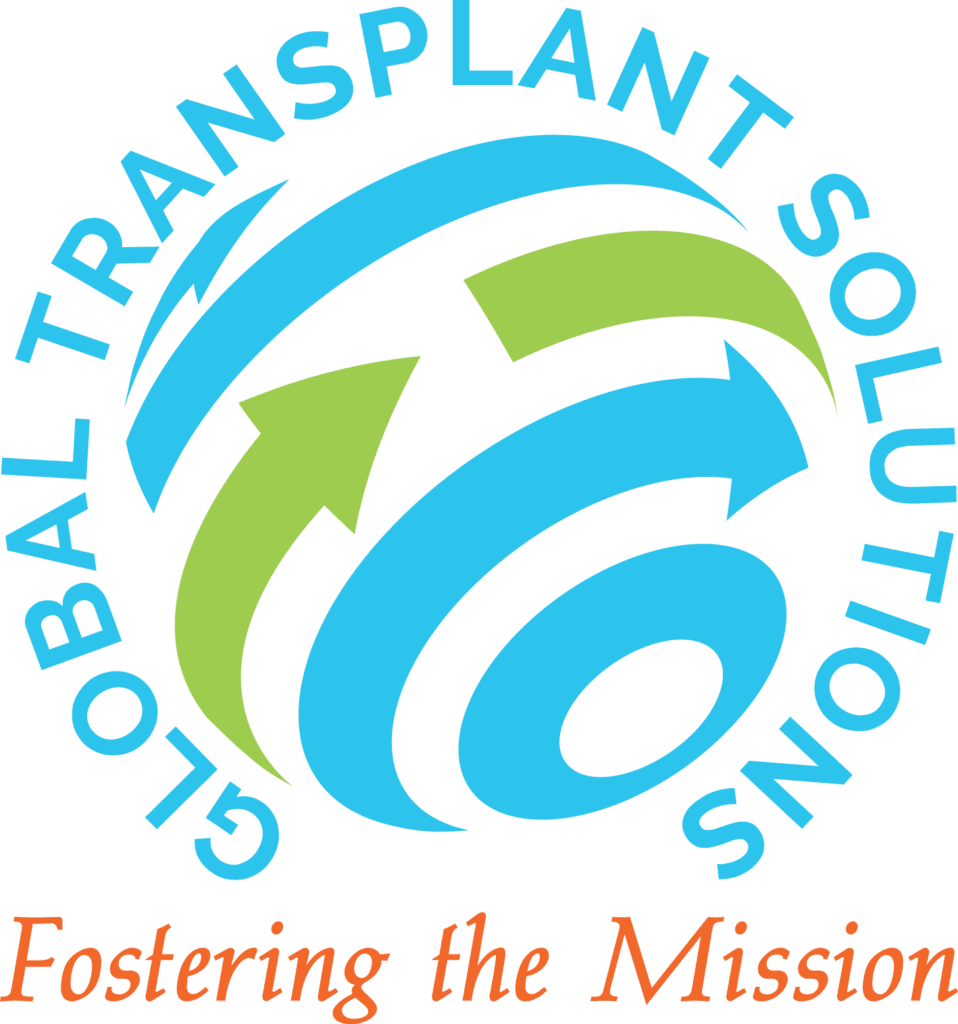July 20th, 2023
Have you ever been asked if you are an organ donor? Maybe you answered yes or have it on your driver’s license, but at the same time wondering what you could do now to help. Have you thought about becoming a Living Organ Donor? Here’s what you need to know from an organ donor herself.
With the national transplant waitlist skyrocketing past 100,000 people in the year 2022, it’s no wonder there is a real need for organ donors—deceased or living. The thing is, there are probably many who would willingly donate were it not for the multitude of risks. That makes a world of sense. It’s a colossal decision.
As a living donor, this author is probably a bit biased, but who better to talk on the subject, right? I get that there are many reasons not to become a donor. Very few wake up and think to themselves “you know what? I’d really like to go donate a part of my body today, and then think of the potential dangers that come from major surgery. ”
As a living donor, I’m not going to lie, it’s scary… the decision is HUGE… and the recovery long. But at the end of the day the rewards are tremendous. So, if I can change just one mind out there, if I can convince just one person to take the leap, then it’s worth it!
BECOMING A DONOR
Here’s the thing: If I didn’t have a sister who asked me to donate a kidney to her, I probably would never have even considered becoming an organ donor. But that’s not true for everyone. Without hesitation, when I’m sharing my story I have at least 2-3 people ask me serious questions about what it’s like to be a donor or how long the recovery was. It’s obvious that they are considering donation—how cool is that?
For all the amazing stories out there, there are equal parts scary stories and myths and I want to take this opportunity to dispel any untruths that might be out there about live organ and tissue donation. (disclaimer: I am speaking only from my own experience… everyone’s outcomes will vary.
1: Matching Your Recipient
This was probably the most nerve-wracking part of being a donor. I had made the decision that I wanted to donate, and I think I would have been very disappointed to learn that I wasn’t a candidate. The testing one undergoes to determine not only blood type match, but also a 6-marker test for tissue match as well. They want to know the likelihood that this donation is going to take. Luckily for my little sister, we were a 6/6 tissue match (you can’t get better than that) and she’s had very few problems with that kidney.
Nowadays, if I am not a match for my specific donor, they can actually cross-match me with other would-be recipients and donors and can ensure everyone involved has the highest chance of survival and best quality of life possible.
How it works is if there is a recipient with a willing live donor, but they don’t match, there is a database they can check to find someone else on that list who does. Sometimes it can take several matches all working together to ensure everyone is covered.
Then these surgeries are expertly timed and organs are treated in the solution made by companies like Global Transplant Solutions to ensure the organ stays healthy and ready for its new recipient to receive, and then it’s shipped all over the country.
It’s the power of science and technology all working together and it’s truly remarkable.
2: The Testing
Honestly, I had NO IDEA just how intense this part of donation was going to be. The initial blood and tissue tests took (I think) 12 vials of blood. But then after that I had to make it through a battery of other tests I never expected—glucose tests, MRI, even psych-evaluation.
It all makes sense though… the way my doctor explained it to me is this: the recipient is already sick. They know that donation is going to make them feel better (immediately). But the donor is healthy, and they are about to make that person “sick” and they need to know they can handle what their body is going to go through.
3: The Recovery Period
I’m not going to lie… I do remember the pain. From the very beginning it was rough. The doctor’s warned that it would take roughly 8 weeks to feel better and I remember feeling like I wanted to beat those odds and be back on my feet (and acting like nothing was wrong) well before the 8 weeks… but my body really and truly needed the 8 weeks they said it would take. And that’s ok.
Shortly after the doctor gave me the ok to workout again, I was on my feet running every day, building my strength back. Post-operation, I had never felt better.
4: The After Effects
To be honest… I don’t have any and I never have. I never struggled with depression, with pain, with anything that would change my life or my recovery. Which is so cool. I was single when I donated and since then got married and gave birth to two amazing babies without issue.
Want to hear something cool? At my last physical, my doctor reported that my urine output was equal to that of 2 kidneys. I had been told that the remaining kidney would grow larger to accommodate the lack of the 2nd kidney and he wasn’t kidding. How amazing is the human body?!
At the end of the day, I feel completely humbled to have been given such an honorary task in life. But I don’t feel like the battle has been won. We need more donors. Each year that someone stays on the Donor Waitlist their chances of survival decrease significantly.
Amazing companies like Global Transplant Solutions work hard every day to spread the importance of organ donation. Their mission is to provide education to anyone who is considering organ donation. If live organ donation just can’t work for you, you can always talk to your family about being a donor once you are gone. No one ever wants to think that their life could get cut short so suddenly, but having a plan on the off-chance that it does, helps your family make a very hard decision because they already know your wishes.
For more information on live organ or tissue donation, you can visit https://globaltransplantsolutions.com/education/.





